

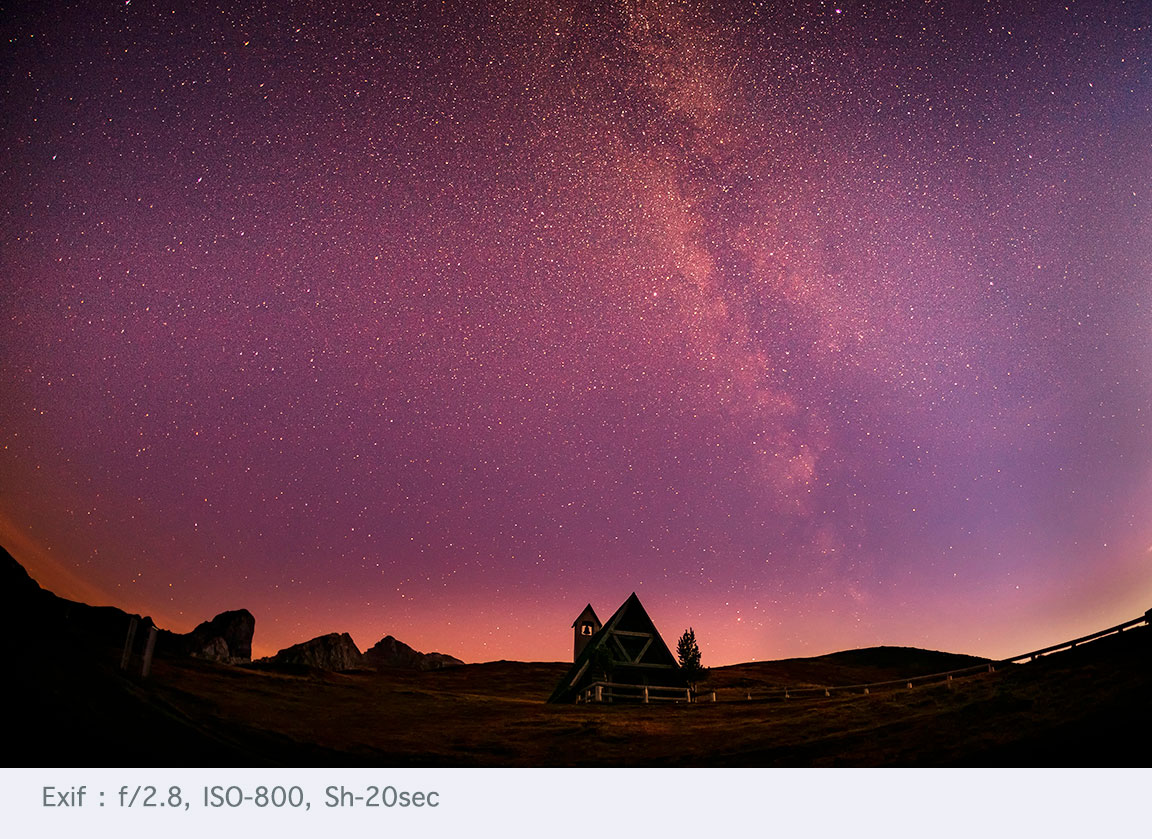
Landscape photography is a genre where long exposure photography can be very interesting because what you see with your naked eyes isn’t necessarily what your camera captures. It is fascinating and is one of the best ways to unleash your creativity and shoot awe-inspiring landscape images. Since you can capture moving elements in an attractive visual compositions either during daytime with the use of filters or else during the night with or without the use of filters, with the deliberate intent to create an effect on any moving elements that is typical for long exposure photographs. Effects like blurred skies with streaks of clouds, smoothed out water like if it is frozen, blurred ghost like people, star trails, moon trails and light trails, using an exposure time that is deliberately prolonged to achieve this effect. It’s not the duration of the exposure that qualifies it as a long exposure photograph, but the intention of capturing moving objects with longer exposure times than necessary that makes it a long exposure photograph. To me long exposure means “visualizing the invisible” and creating a mysterious surreal atmosphere. An extended exposure can reveal to the eye what was visible to the mind’s eye only.
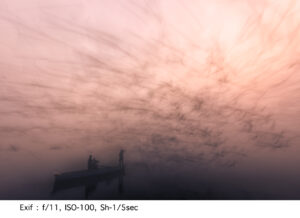
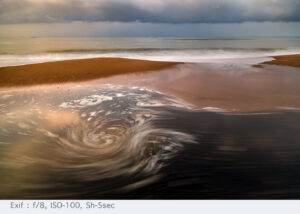
That’s why I love long exposure photography. I want to reveal what my mind’s eye sees. The ideal shutter speed for long exposures varies depending on the scenes and the permeability of the ND filter used. So you have to determine it on-site using test pictures. One value that you should not underestimate is the aperture. Don’t dive unthinkingly into high f-numbers like f/22. With a high f-stop you encounter strong light refraction. So lean towards values in the f/4–16 range instead. Keep the ISO between 100-400 to eliminate noise. Make sure your focus is correct before placing ND filter in front of your camera or you might struggle to focus. In any case, once your focus is correct, make sure you switch your focus from Auto to Manual mode, and don’t change it for the rest of the shooting. Use quality filters if you don’t want to see awful colour cast.
Equipment for long exposure photography :
A camera with bulb mode.
A sturdy tripod
No specific lenses.
A Nd filter 6-10 stops
A cable release
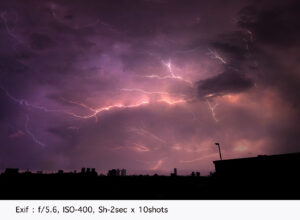
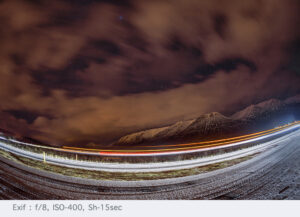
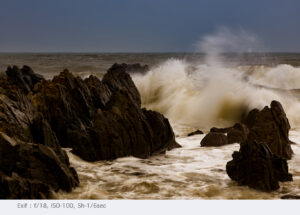
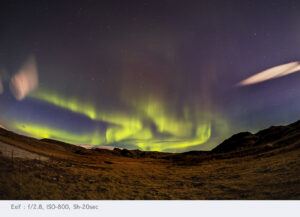
To wrap up this Long Exposure Landscape Photography guide, I just want to encourage you to go out and shoot.
Happy Shooting!!
Hi, this is a comment.
To get started with moderating, editing, and deleting comments, please visit the Comments screen in the dashboard.
Commenter avatars come from Gravatar.